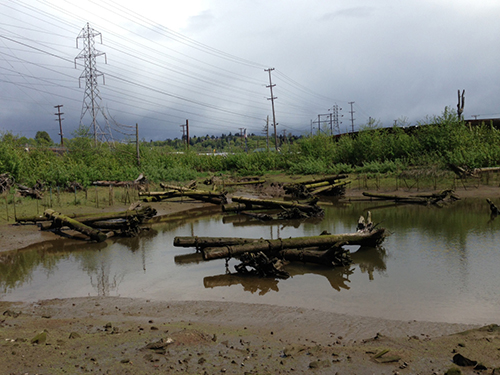NOAA and Boeing Collaborate on Restoration Video
NOAA has released a short video highlighting recently completed river restoration near Seattle, WA implemented by the Boeing Corporation.
Along the Duwamish River, Boeing has created nearly five acres (one mile) of fish and wildlife habitat and restored shoreline – the largest habitat restoration project in the Lower Duwamish Waterway.
In 1913, the U.S. Army Corps of Engineers excavated and straightened the river to expand commercial navigation, removing more than 20 million cubic yards of mud and sand were removed opening the area to heavy industry. Ninety-seven percent of the original habitat for the salmon was lost due to the transformation of a 9-mile estuary into a 5-mile industrial channel.
Damaged and polluted as the Lower Duwamish Waterway is, the habitat here is crucial to ensuring the survival and recovery of threatened species, including the Puget Sound Chinook and Puget Sound Steelhead.
Boeing removed 200,000 cubic yards of sediment, enough to fill 4,000 railcars. They also removed several aging buildings and hundreds of pilings. Most of the materials from these buildings were recycled. These buldings are where the B-17 Bomber were built in WWII
The restoration plan called for reshaping the shoreline and adding 170,000 native plants and large woody debris, which provide areas where young salmon can seek refuge from predators in the waterway.
This new video features this project and how the environment and surrounding communities will benefit. Boeing worked with NOAA and our partners under the Natural Resource Damage Assessment process to fulfill their liability under environmental law. View video: A River Reborn
For further information, contact Joe.Inslee@noaa.gov
Go back to OR&R Weekly Report.

